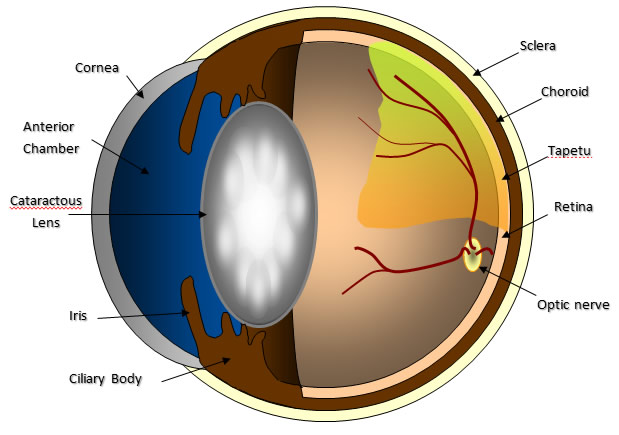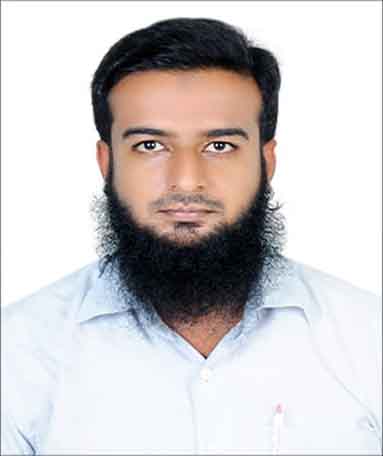
Services
Aleyen Hospital provides excellent eye care for a wide range of eye problems from Cataracts, Refractive Errors, Age-Related Macular Degeneration, Diabetic Retinopathy, Glaucoma etc.
Signs & symptoms of cataracts
- Clouded, blurred or dim vision.
- Increasing difficulty with vision at night.
- Sensitivity to light and glare.
- Need for brighter light for reading and other activities.
- Seeing "halos" around lights.
- Frequent changes in eyeglass or contact lens prescription.
- Fading or yellowing of colors.
Treatment consists of surgery
When a cataract interferes with someone's usual activities, the cloudy lens can be replaced with a clear, artificial lens. This is generally a safe, outpatient procedure.
Cataract surgery
Surgical removal of the clouded lens (cataract) of the eye. Typically replaced with an artificial lens to improve vision.
Ophthalmologist
Specialises in eye diseases.
Optometrist
Diagnoses and treats vision changes.
Signs & symptoms of Glaucoma
have no symptoms, but people may experience:
- Blurred vision
- Distorted vision
- Vision loss
Treatment consists of surgery
Treatment includes eye drops, medication and surgery.
Laser surgery
Surgery using an intensely hot and focused beam of light to remove tissue and control bleeding.
Optometrist
Diagnoses and treats vision changes.
Ophthalmologist
Specialises in eye diseases.
Lowers eye pressure.
Beta blocker
Slows heart rate and decreases blood pressure. When taken in eye-drop form, it reduces eye pressure.
Cornea
The human eye is one of the most particular organs of the body. Like in a camera, the eye excessively has incredible and extraordinarily planned optics - the Cornea and Crystalline focal point. These center the picture onto the retina. The Cornea does the greater part of the centering. It has no blood flow and breaths oxygen from the air. This brilliant living 'focal point' is optically clear and is the most touchy piece of our body
Common Signs & symptoms of damaged Cornea
- evere pain in the eye,
- Visual impairment, such as blurred or cloudy vision,
- Tearing
- Some patients have additional symptoms of headache, nausea, and fatigue.
Treatments
Treatments might include medications, laser treatment, or surgery, depending on the condition.
Laser surgery
Surgery using an intensely hot and focused beam of light to remove tissue and control bleeding.
Optometrists
Ophthalmologists
Signs & symptoms of symptoms of a damaged retina
- The sudden appearance of many floaters — tiny specks that seem to drift through your field of vision
- Flashes of light in one or both eyes (photopsia)
- Blurred vision.
- Gradually reduced side (peripheral) vision.
- Curtain-like shadow over your visual field.
There are several types of surgery to repair a detached retina.
cryotherapy
laser procedure
pneumatic retinopexy
Optometrists
Ophthalmologists
Replacing retinal cells
Despite the retina being more complicated than other components of the eye, it is hoped that if a source of new retinal cells can be found, we may be able to replace the damaged or dying cells to repair the retina.
Retina
Retina is the light-delicate layer of tissue situated in the back of the eye. Supplements and oxygen are luxuriously provided to it by the retinal veins and a fundamental system of veins, called Choroid. The choroid gives the trademark red shading to the Retina when analyzed and furthermore is cause for the red eye deformity found in photos.
help your ophthalmologist detect problems in the back of the eye, on the eye's surface or inside the eye to diagnose diseases early. Each part of the comprehensive eye exam provides important information about the health of your eyes..
Ophthalmologists
pediatric ophthalmology
Pediatric Ophthalmologists can diagnose, treat, and manage all children's eye problems. They help your ophthalmologist detect problems in the back of the eye, on the eye's surface or inside the eye to diagnose diseases early. Each part of the comprehensive eye exam provides important information about the health of your eyes.



